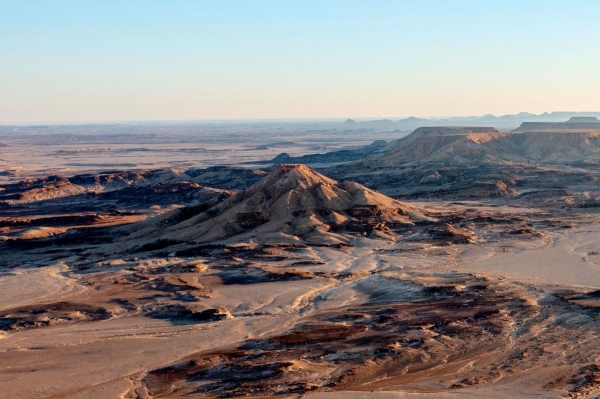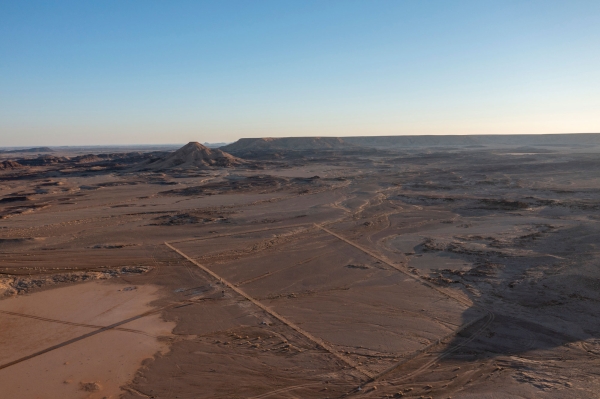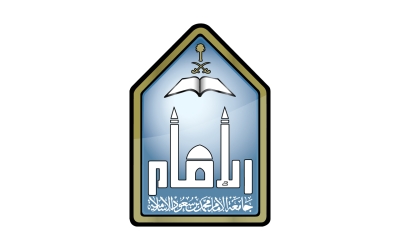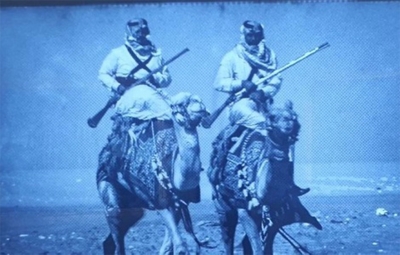


Human settlements in the Kingdom of Saudi Arabia are locations of human habitation within the Kingdom. "Ash-Shuwayhitiyyah" in al-Jawf Province is one of the oldest historical archaeological sites inhabited by humans on the Arabian Peninsula, dating back over 1.3 million years BC. It is located about forty-five km north of the city of Sikaka, the administrative capital of al-Jawf Province.
Ash-Shuwayhitiyyah settlements
The history of ash-Shuwayhitiyyah dates back to the Oldowan stage of the Paleolithic era. Field survey teams uncovered sixteen settlements, where around two thousand stone tools, such as stone knives, hammers, arrowheads, and various multi-surface and spherical tools were found. Excavation teams determined the age of the site through the discovered tools, with researchers dating them to 1.3 million years BC, making it the first settlement on the Arabian Peninsula.
Qurayyah settlement
The settlement of "Qurayyah" in Tabuk Province is one of the largest documented archaeological settlements on the Arabian Peninsula. It consists of a residential city and an agricultural area, walled with stones over an area of three hundred ha. This site was discovered by a joint team from the Heritage Commission of the Ministry of Culture in the Kingdom and the University of Vienna in Austria.
Emergence of Qurayyah settlement
Excavation work revealed that the urban oasis of Qurayyah was established one thousand years earlier than previously thought. The joint team was able to date it back to the third millennium BC (around 2900/2600 BC), placing it in the Early Bronze Age. This was achieved by focusing research on the thirteen km long wall surrounding the oasis, collecting systematic samples from it, and dating them using radiocarbon and optically stimulated luminescence techniques.
Significance of Qurayyah settlement
The settlement of Qurayyah was a central settlement that lasted for three thousand years and developed its own language and writing. It became one of the most important centers in northwestern Arabia during the Iron Age, serving as a commercial hub and a trade route linking northern and southern Arabia.
Related quizzes

